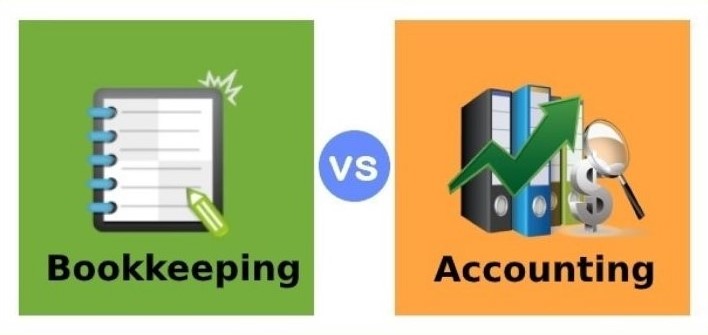How To Prevent Cyber Attacks

Checklist for Small Businesses
April 26, 2021
Credit Report and Score Basics.
April 28, 2021Canada Revenue Agency (CRA) locked more than 800,000 taxpayers out of its online platform after an investigation revealed that some usernames and passwords may have been obtained by “unauthorized third parties.” They took similar action the month prior, when over 100,000 accounts were locked due to compromised personal information from external data breaches. 95 per cent of cybersecurity breaches are caused by human error. Fortunately, there are ways to avoid becoming a victim yourself.
• Here are basic guidelines to prevent cyber attacks and keep yourself safe:
✓ Enforce a password strength policy. Use Multi-Factor.
Authentication (MFA) anywhere it is available. The best policies require passwords (combination of letters, numbers, and special characters) different than those used by employees for their personal accounts and, furthermore, encourage the use of a company-approved password manager tool for each employee.
✓ Foolproof Protection with Antivirus .
Many people find that just by regularly updating Windows/Windows Firewall and Defender, only downloading authorized Store Apps on their phone and Google Chrome, they do just fine keeping viruses at bay. There are some tools which antivirus software wants to block, even with artificial intelligence (AI) and machine learning, so it can be more trouble than it’s worth. As well, using an antivirus program means that a lot of resources from the memory and the hard drive is being used. As a result it can slow down the overall speed of the computer.
But for those who are not confidently ‘tech literate’ and want easy peace of mind, antivirus software like Norton can provide all-round protection against the latest cyber threats. Antivirus providers are constantly updating their internet security software packages to protect against ever-increasing threats to our online lives, including pop-up ads and spam websites that viruses can use to infect your computer and damage your files.
✓ Think Before You Click.
Be wary of clicking on any links that appear in random emails and direct messages. Make it a practice to always hover over a link to see where it leads. A phishing email will claim to be from a company you trust, and when you click the link to the website, it will probably look just like the real website. Many phishing emails start with “Dear Customer” and ask you to fill in personal information like passwords or credit card numbers, so be on alert when this type of email finds itself in your inbox. Phishing emails can also entice you to open a URL or an attachment that installs malicious software on your computer. You may not even know! It’s best practice to go directly to the official website rather than clicking a potentially virulent link.




